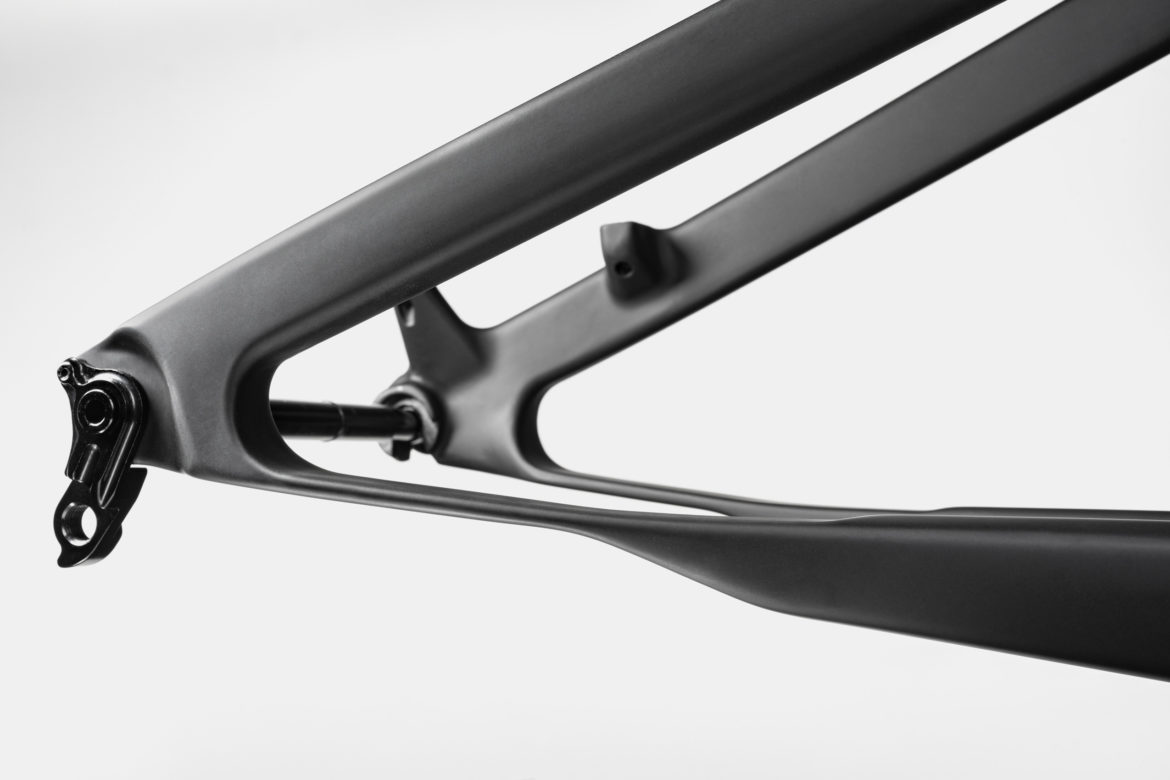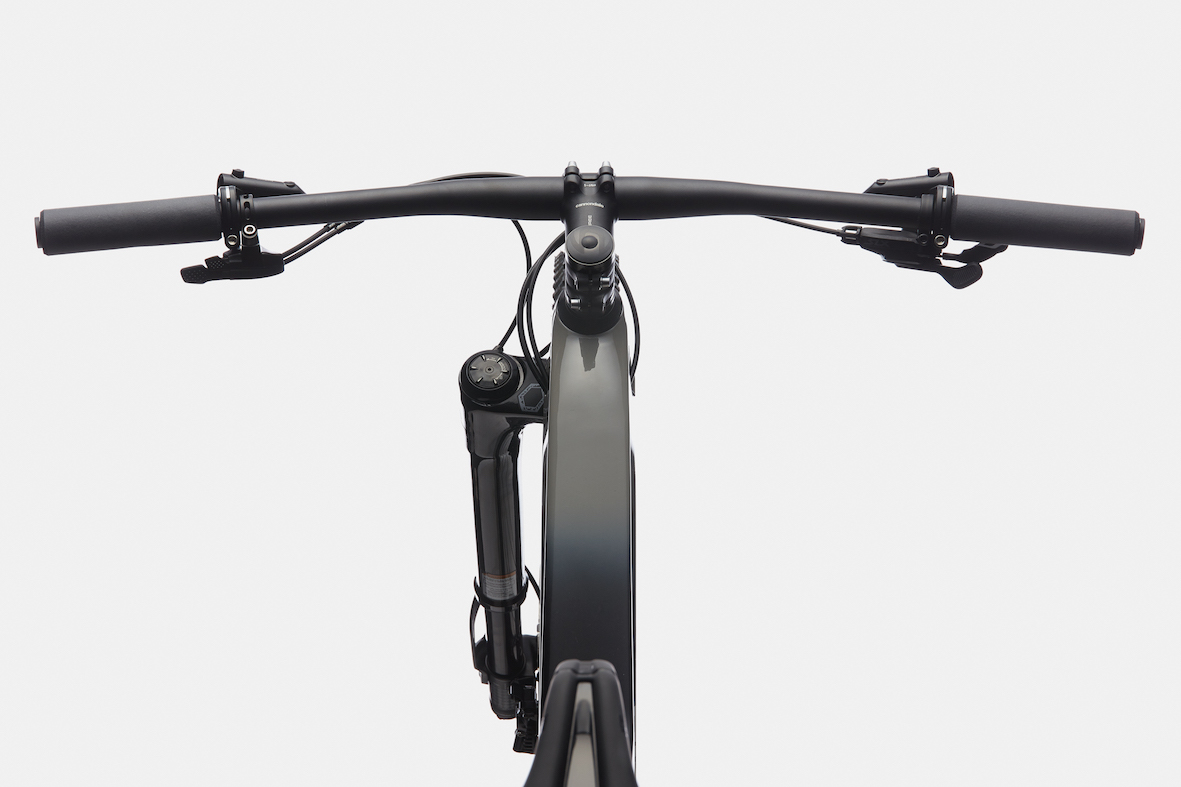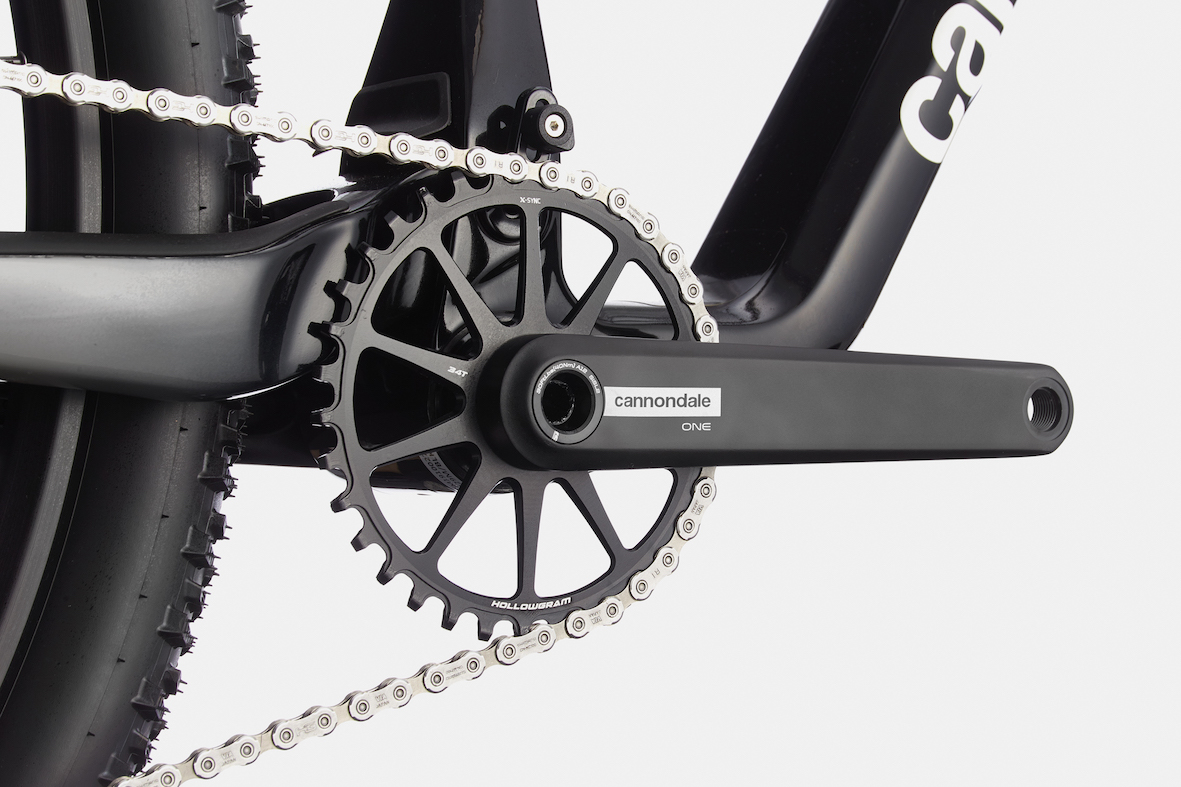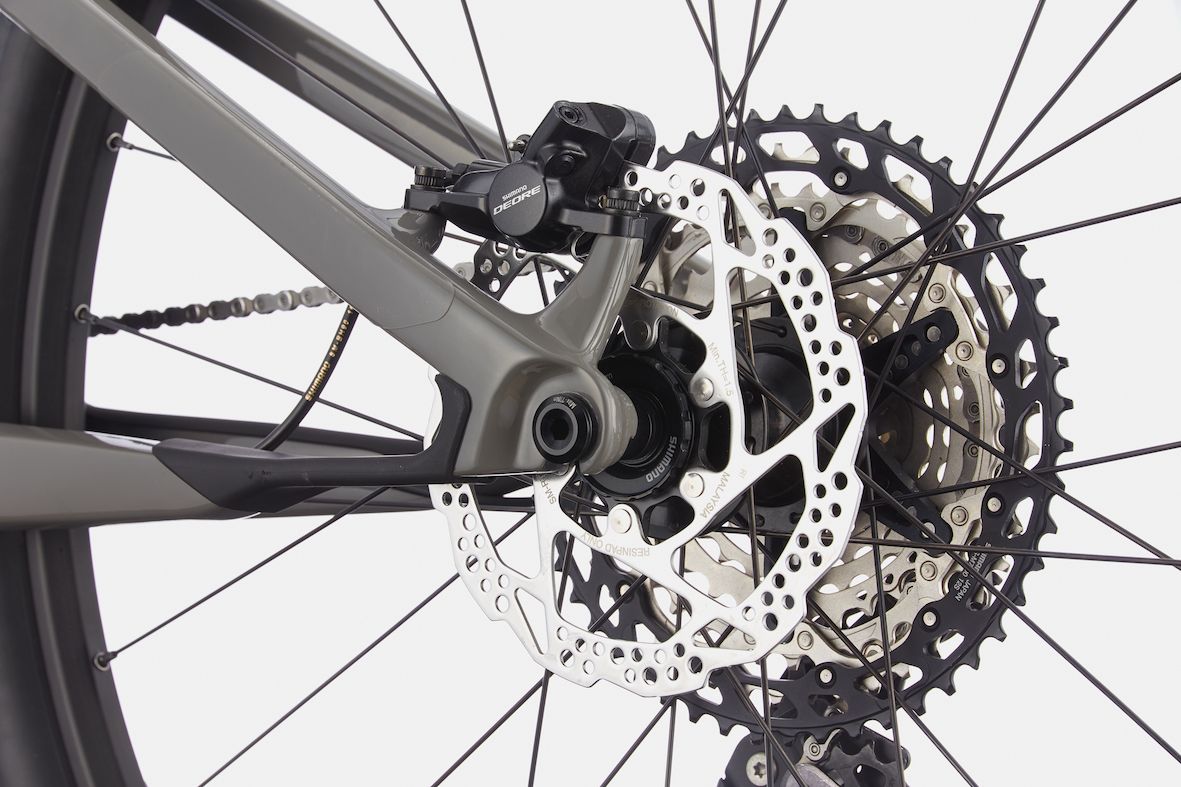It wasn’t that long ago that we published our last Cannondale Scalpel bike test. It was on the 2017 version of the edgy American brand and it was generally very positive. Not long after that, over Zoom in May this year, Cannondale launched its 2021 version of the Scalpel. In a world where premium brands tend to update their designs every 3-4 years, we weren’t really expecting too much difference. How much can a bike really improve? Here’s what we found.

Turns out, Cannondale has completely redesigned the frame. What was essentially a single-pivot frame design is now a four-bar linkage design – with a twist. Instead of having a pivot on the chainstay (or seatstay), it has what Cannondale calls, FlexPivot, a patented, vertically flexible, laterally stiff, super strong ‘virtual pivot’, which is lighter and maintenance free in comparison to a traditional bearing pivot at that point.
We spent a few weeks riding the Carbon 3 model. We rode the following Gauteng trails: The Spruit, Northern Farm, Hobby Park, Huddle Park, Thaba Trails and Big Red Barn. One tester also did two editions of the Mini Munga on this bike. At R74 999, it is basically the lowest priced model of the new design.
Here’s a summary of the spec:
The Carbon 3 comes with a Shimano SLX 1×12 drivetrain with a Cannondale SI Hollowgram crankset. It was the first time we have been able to ride a Shimano 1×12 setup for an extended period. It has low-key Stan’s Crest rims with a Lefty hub upfront and a Shimano MT510 Boost hub at the rear. The tyres are Schwalbe Racing Ralph Performance 2×25 front and rear and the brakes are Shimano Deore Hydraulic Disc with 160mm rotors front and rear.

FRAME
The new Scalpel frame weighs just 1910 grams, with shock and hardware, making it one of the lightest marathon/XCO frames you can get. Smaller people will be pleased to know that the new Scalpel also comes in a Small now – with the 29-inch wheel platform.
The headtube angle is 68 degrees, a full 1.5 degrees slacker than it’s predecessor. The seat tube angle is 74.5 degrees, one degree steeper than it’s predecessor and the reach is 10-15mm longer on all sizes. That’s right, in keeping with most modern marathon/XC bikes it’s longer and slacker.
The rear shock is a 100mm Fox Float DPS with open and close settings. It’s linked via remote to the Lefty fork so you can lock out all suspension simultaneously.
A bonus is that the frame (except for the Size Small) can hold two full-size water bottles and there’s a nifty addition called the Stash, which is a small carrier for a mini multi-tool, CO2 bomb connector and tyre plug kit. This bolts onto the downtube at the water bottle mount. It’s optional though. Our test bike didn’t have one, but had a cover there instead.

The new proprietary FlexPivot has allowed Cannondale to improve the Scalpel suspension performance.
FORK
Cannondale has retained the Lefty Ocho fork, which makes sense since it’s proven to be a superb performer for marathon and XC racing. The 55mm offset is around 10mm greater than most 100mm high-performance forks and is aimed at delivering increased control and ‘easy feel’ in tight turns.

The Lefty Ocho remains a standout feature on the 2021 Scalpel.
Climbing: Well, it’s almost impossible to fault the Scalpel as a super-efficient climber. It not only climbs fast, but it also climbs comfortably, which is essential on long ascents. The steeper seattube angle puts you in just the right position over the bottom bracket to garner optimal power and leverage while climbing seated. On rough climbs we felt quite confident to leave the suspension open because it’s small bump sensitivity is impressive and reliable. The lockout action is easy to adjust with your left thumb, delivering an incredibly firm platform and a super responsive bike when you stand on the pedals.
Descending: It’s got that that point now for our testers where descending on a bike that doesn’t have a dropper seatpost feels inconvenient. The new Scalpel 3 doesn’t come with a dropper seatpost so descending is done ‘around the saddle’, like the old days. After a few rides though it does become more familiar. Having said that the Scalpel does dive down most descents with stability. The wide bar (760mm) and generous reach gives you a good position of control, while the increased offset on the Lefty Ocho fork lengthens the wheelbase a little which always helps with stability. On steep descents we missed a dropper though.

The Hollowgram crankset gives the drivetrain some Cannondale quirk.
Cornering: If there is a weakness on the Scalpel, it’s in the cornering. And by weakness, we’re giving it an 8/10, which is still pretty good and surely fine for most riders. Cannondale specs its Scalpels with Schwalbe tyres and our test bike came with 2.25-inch wide Racing Ralph Performance front and rear. While it’s a really light tyre, it’s not the most appropriate for the dry hardpack and loose over hardpack trails found in Gauteng. Our testers experienced a few unexpected front-wheel washouts at pace, but fortunately were able to avoid any falls on both fast- and moderate-speed, flattish turns.
Handling: We really liked the way the Scalpel handled. Overall, the suspension was appropriately responsive when it needed to be (we preferred to ride it a bit softer than the recommended settings). The small-bump compliance was superb and it’s this, combined with solid front-rear balance feel that allows the Scalpel to feel both nimble and grounded at the right times. The transitions between turns, attacking short, steep, sketchy ups and choosing lines under immense pressure on unpredictable downs, all fall into handling and we feel this bike handled beautifully.

The new suspension design incorporates a small, neat shock link on the seat tube.
Comfort: Whilst seemingly insignificant for some, the ability to fit two bottle cages without any problem from size M upwards is an important part of this bike’s offering on long days in the sun. In South Africa, this is a big plus for a marathon bike. Long rides on undulating gravel roads are a good way to find out how comfortable a bike is. One of our testers did two Mini Munga’s (100km with 1000m of elevation) on this bike and said it was the most comfortable bike he’d ridden.
Looks: There’s no need to re-emphasise that the Cannondale has, and continues to be, one of the best looking marathon/XCO bikes. The updated 2021 Scalpel 3 improves on this with a slightly tapered headtube, sleek asymmetrical suspension mechanics and loud gloss finishes. The Lefty Ocho fork is a big differentiator in terms of looks and is always a talking point. Always! Some testers liked the understated colouring of the Scalpel 3, others felt it was a bit dull. Most of the higher models have a bolder paint job.

Visually, the FlexPivot is fairly inconspicuous, but it’s remarkably effective in terms of suspension performance.
THE TREAD SCORES
| Cannondale Scalpel 2021 Carbon 3 | |
| Climbing | 10 |
| Descending | 8 |
| Handling | 9 |
| Cornering | 8 |
| Comfort | 10 |
| Looks | 9 |
| Total | 54/60 |
Summary
We felt the fairly average wheels, less-than-ideal tyres and the lack of a dropper seatpost counted against the Scalpel 3, but It’s hard to ignore that a bike at this reasonable price delivers such impressive handling, comfort and climbing abilities. The two-bottle accommodation is a bonus and will likely be a deal-maker for any undecided potential buyers.
Note:
There is a 2021 Scalpel SE1, which isn’t yet available in South Africa. It’s a more trail-styled version of the Scalpel with 120mm travel (RockShox Sid fork replaces the Lefty Ocho), wider bars, shorter stem, more burly tyres and a dropper seatpost. We feel this bike will be more suited to most South Africans, who are committed amateurs, and hope to see it added to the local line-up soon.
PRICE: R74 999
WEIGHT: 11.72kg (claimed – with tubeless, without Stash)
MORE INFO: https://www.cannondale.co.za
TEST-RIDDEN BY: Sean Badenhorst, James Moreland, James Reid, Joanne Badenhorst


